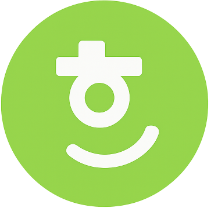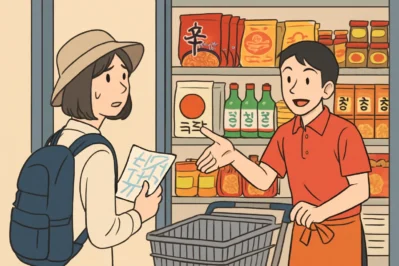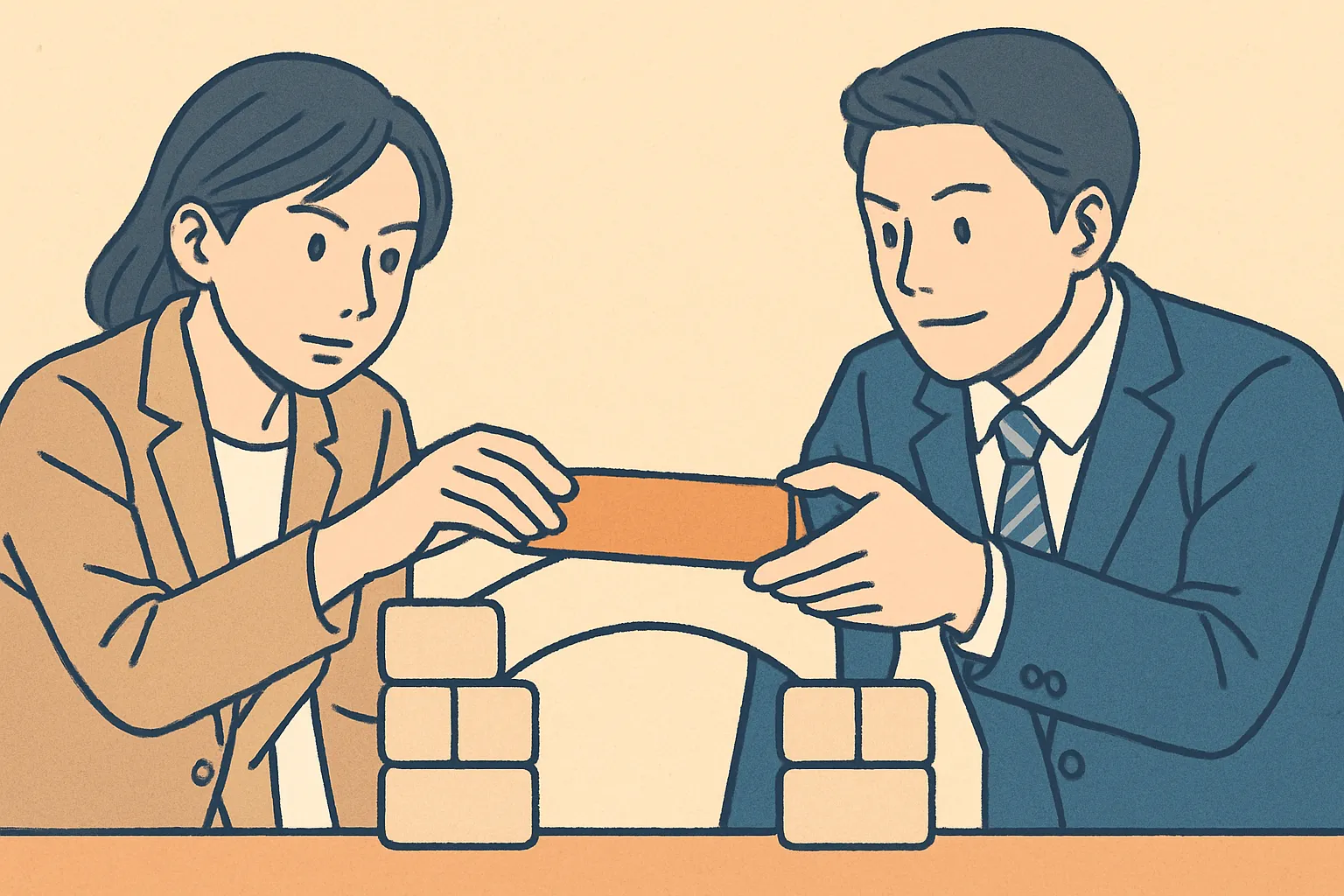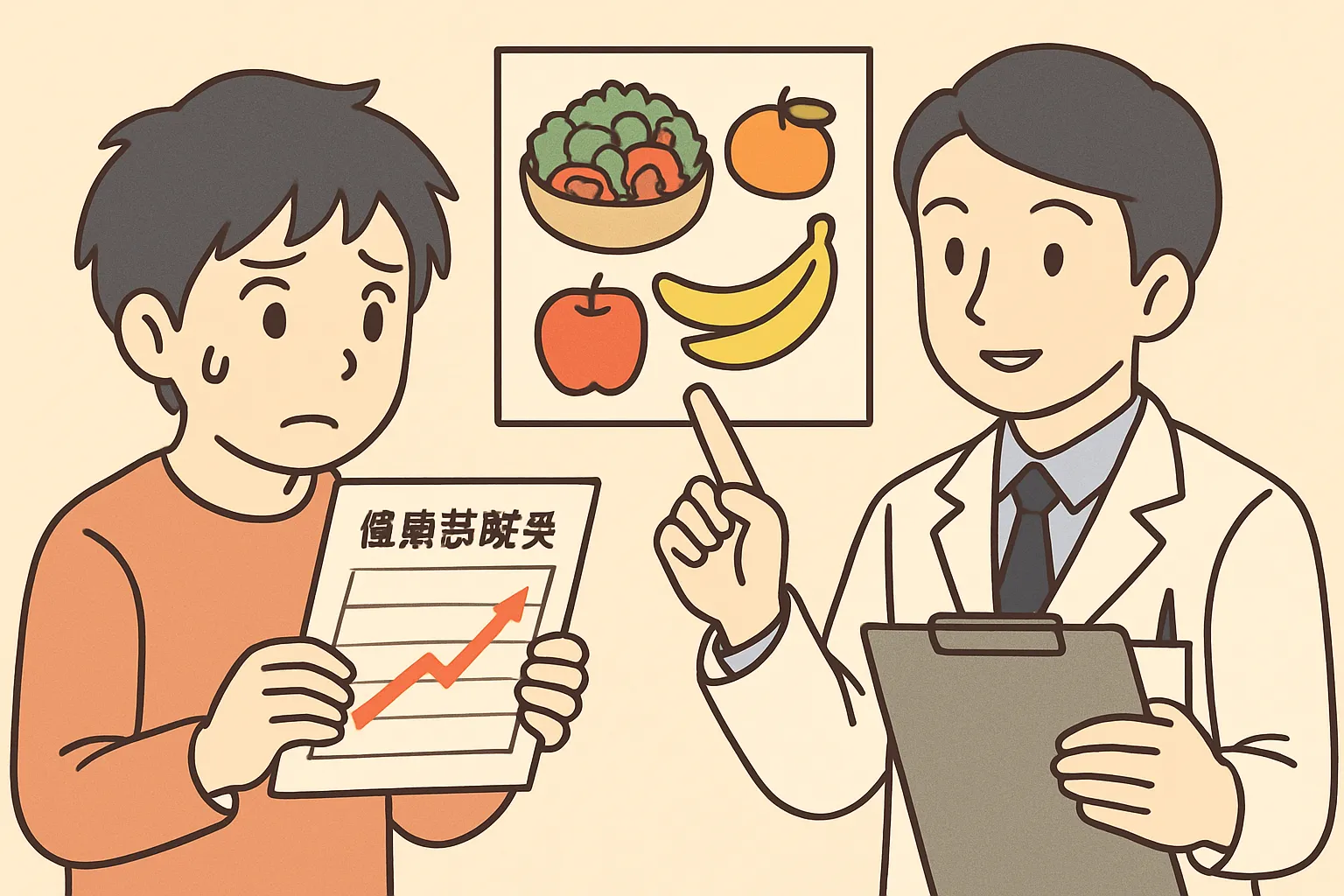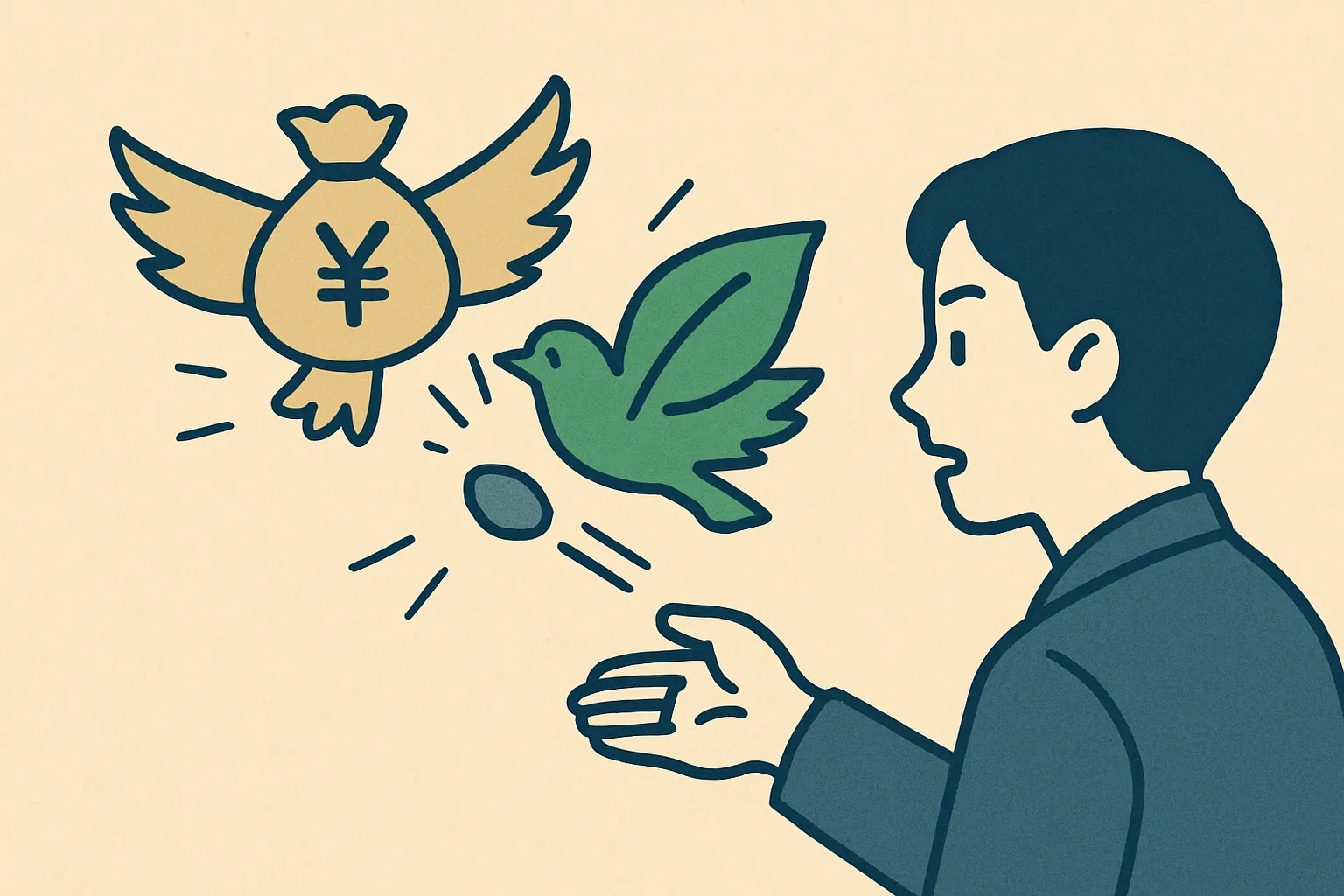Where’s the Cart? Your Korean Supermarket Mission!
Hello! This is Maeil Hangeul, here to upgrade your Korean skills!
Have you ever walked into a huge Korean supermarket and felt a little lost? Don’t worry, we’ve all been there! Today, we’re going to learn the essential phrases you need for a very common situation: finding a shopping cart or basket.
These days in Korea, going to a big supermarket, or “mart” (마트), like Emart or Lotte Mart is a popular weekend activity for families and friends. It’s more than just shopping; it’s an experience! So, let’s get you ready to navigate it like a pro.
Key Expressions You Need to Know
Here are three simple but super useful expressions for your next shopping trip.
1. 저기요 (Jeogiyo)
- Pronunciation [Romanized]: Jeo-gi-yo
- English Meaning: Excuse me.
- Detailed Explanation: This is the magic word to politely get someone’s attention in Korea! Whether it’s a store employee or someone on the street, you can use 저기요 to start a conversation. It’s friendly and used in almost any situation.
2. 쇼핑 카트 (Syoping kateu) / 바구니 (Baguni)
- Pronunciation [Romanized]: Syo-ping ka-teu / Ba-gu-ni
- English Meaning: Shopping cart / Basket
- Detailed Explanation: These are your two shopping companions! 쇼핑 카트 (Syoping kateu) is a direct loanword from English, so it’s easy to remember. It means the big, wheeled cart. 바구니 (Baguni) is the smaller, hand-held basket for when you’re just buying a few things.
3. 어디에 있어요? (Eodi-e isseoyo?)
- Pronunciation [Romanized]: Eo-di-e iss-eo-yo?
- English Meaning: Where is it?
- Detailed Explanation: This is one of the most important questions for any Korean learner! You can attach it to any noun to ask for its location.
- 어디 (eodi) = where
- 에 있어요 (e isseoyo) = is at / exists at
- Combine them with a noun: [Noun] + 어디에 있어요?
Example Dialogue
Let’s see how these phrases work in a real conversation at a big Korean mart! Alex is a tourist who wants to buy some snacks seen in a K-drama.
- A (Alex): 저기요! (Jeogiyo! / Excuse me!)
- B (Employee): 네, 무엇을 도와드릴까요? (Ne, mueoseul dowadeurilkkayo? / Yes, how may I help you?)
- A (Alex): 쇼핑 카트 어디에 있어요? (Syoping kateu eodi-e isseoyo? / Where are the shopping carts?)
- B (Employee): 아, 입구 오른쪽에 있습니다. (A, ipgu oreunjjoge itsseumnida. / Ah, they are on the right side of the entrance.)
- A (Alex): 감사합니다! (Gamsahamnida! / Thank you!)
See? Simple and effective!
Culture Tip: The Korean “Mart” Experience!
In Korea, big marts like Emart, Lotte Mart, and Homeplus are amazing. They sell everything from fresh food to electronics and clothes. Here’s a tip to look like a local:
- The 100-Won Coin: To use a shopping cart (쇼핑 카트), you often need to insert a 100-won coin (about $0.10) to unlock it. Don’t worry, you get your coin back when you return the cart! It’s a clever system to keep the parking lots tidy. While newer marts sometimes don’t have this system, it’s a classic part of the Korean shopping experience. Knowing this will make you look like a seasoned pro!
Let’s Review and Practice!
Great job today! You learned how to get someone’s attention (저기요), ask for a 쇼핑 카트 or 바구니, and ask where it is (어디에 있어요?).
Now, it’s your turn to practice!
- Fill in the blank: You only need to buy some milk and snacks. You need a small basket. What would you ask the employee?
- “저기요, _______________ 어디에 있어요?”
- Make a sentence: How would you ask where the shopping carts are?
You’re now ready for your Korean supermarket adventure! Leave your answers in the comments below using the expressions you learned today! Happy shopping
